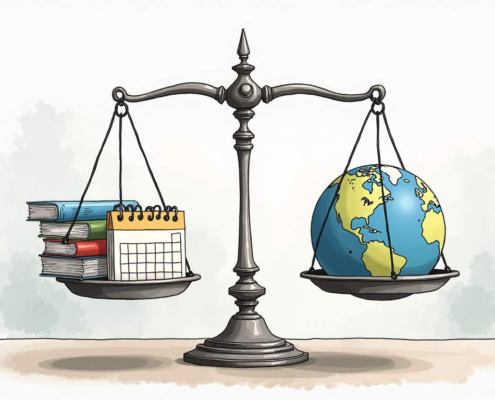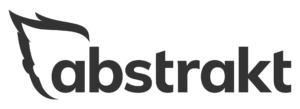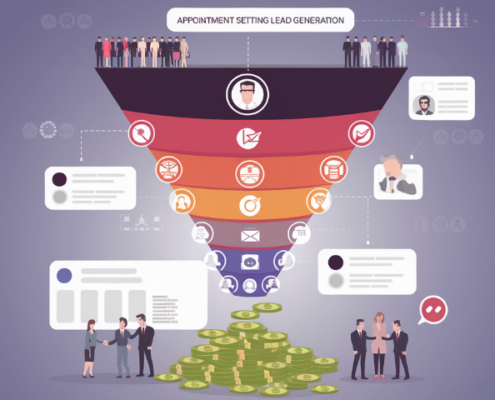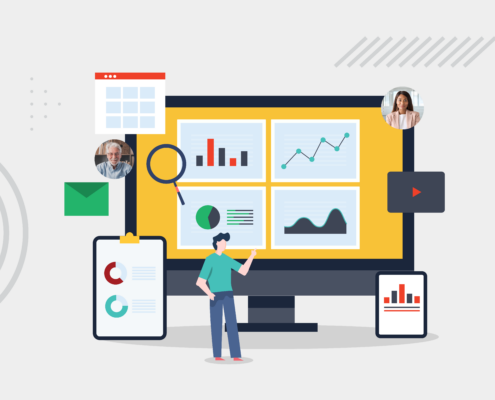

Let’s start with the uncomfortable truth most leaders avoid:
Your sales forecasting formula is likely broken.
Not because your team lacks effort or ambition, but because it’s missing the most vital input: appointment setting.
Appointment setting is the foundation of scalable revenue. It’s the engine that powers your pipeline and the first thing that needs to be built before quotas, headcount, or technology even come into play.
If your forecast doesn’t start with the number of sales conversations needed to hit your goal, then you’re building strategy on hope, not data.
Forecasting the Wrong Direction
Here’s how most sales forecasts are built:
“We need $5M in new revenue. That’s 100 customers.
We’ll need 8 deals a month. Each AE closes 2 per month—let’s hire 4 reps.”
Seems logical, right? Until those reps hit 40–50% of quota and leadership is left wondering what went wrong.
Here’s the real issue:
No one asked the most important question—
“How many qualified appointments do we need to close 100 deals?”
If your team closes 1 in 10 appointments, you don’t need 100 deals. You need 1,000 qualified sales meetings. That’s over 80 per month—20+ per week.
Appointment volume is what feeds pipeline velocity. Without it, even the best reps fall short.
Great forecasts start with better inputs, and it all begins with the right appointment setting strategy. Our Ultimate Appointment Setting Playbook breaks down the exact tactics, cadences, and multi-channel systems elite sales teams use to consistently book more meetings.
Why AEs Are Missing Quota (And It’s Not Their Fault)
It’s not about skill. It’s about structure.
Your best reps didn’t stop performing; they just spend most of their time prospecting, updating the CRM, and chasing long shots. The real issue? They’re not being protected from the busy work.
And here’s the truth: AEs should not be sourcing.
Yes, we still have them do some sourcing—it sharpens their skills, gives them ownership, and expands reach. But let’s be clear: sourcing is a specialized function. It takes consistency, channel fluency, and relentless follow-up. And while it has value, it’s not the engine that drives revenue at scale.
Appointment setting isn’t just about dialing—it’s a multichannel, multi-touch process built for results. It’s the reason companies like Salesforce separated openers from closers in the first place. Sales has evolved, and so should your structure.
Related Articles: AE vs. SDRs
Inputs are Greater Than the Outputs
Revenue forecasting often fails because the inputs are ignored.
Appointments don’t just show up. They come from high-volume, multi-channel activity:
- Cold calls
- LinkedIn outreach
- Direct mail
- Follow-ups 1 through 12—not just the first touch
Appointment setting is a momentum game. Rarely does the meeting get booked on the first attempt. It might take the tenth call or the second mailer. That’s not failure—it’s brand equity at work.
And what drives reliable forecasting?
Consistency.
Without it, you’re guessing. With it, you’re building a machine.

Direct Mail: Your Secret Forecast Weapon
Digital platforms are working against you:
- Gmail and Outlook throttle outbound emails.
- Apple and AT&T label unknown calls as “Spam Likely.”
- LinkedIn caps DMs and restricts engagement.
Now look at direct mail:
USPS, FedEx, and UPS are built to deliver. They want your outreach to land—and it does.
Direct mail isn’t meant to close the deal. It’s meant to warm up the follow-up:
- Make the voicemail feel familiar
- Give your LinkedIn message context
- Help your email stand out
If you’re building your sales forecast around real pipeline growth, the next step is simple: plug in a proven appointment setting engine. At Abstrakt, we help B2B teams consistently connect with decision-makers through omnichannel outreach that actually drives results.
Direct Mail Objections (Handled)
“What if they don’t work in an office?”
No problem. When done right, direct mail builds familiarity, triggers recognition, and makes your next outreach (whether it’s an email, call, or LinkedIn message) far more likely to land. It gives your brand a tactile presence, something memorable they can’t scroll past or delete.
“Isn’t it expensive?”
Only if you’re not segmenting.
- High-value accounts? Send a custom box.
- Lower-value leads? A simple postcard works.
Spend in proportion to your expected lifetime value. A $10M opportunity should feel like one.
Qualifiers: The Forecast Lever Nobody’s Using
Want to tighten your forecast overnight?
Use stronger qualifiers. Set hard limits on who qualifies for a meeting—whether that’s based on industry, revenue, title, tech stack, or geography.
Yes, it will reduce volume. But it increases relevance, conversion, and forecast accuracy.
Qualifiers may feel like friction at first, but they prevent your calendar and pipeline from being cluttered with time-wasters.
Keep Reading: How to Get More Appointments With Qualified Prospects
Final Thoughts
If you’re serious about scaling, it’s time to move beyond quota-based forecasting and start thinking like a CRO.
Ask yourself:
- How many meetings do we need to hit our number?
- Do we have a system that delivers them consistently?
- Are we tracking the right inputs, or just praying for outcomes?
When you align your forecast with real appointment-setting data, you move from guessing to knowing, from reacting to scaling. Build the system that feeds your closers and fuels your forecast, and watch your revenue follow.









